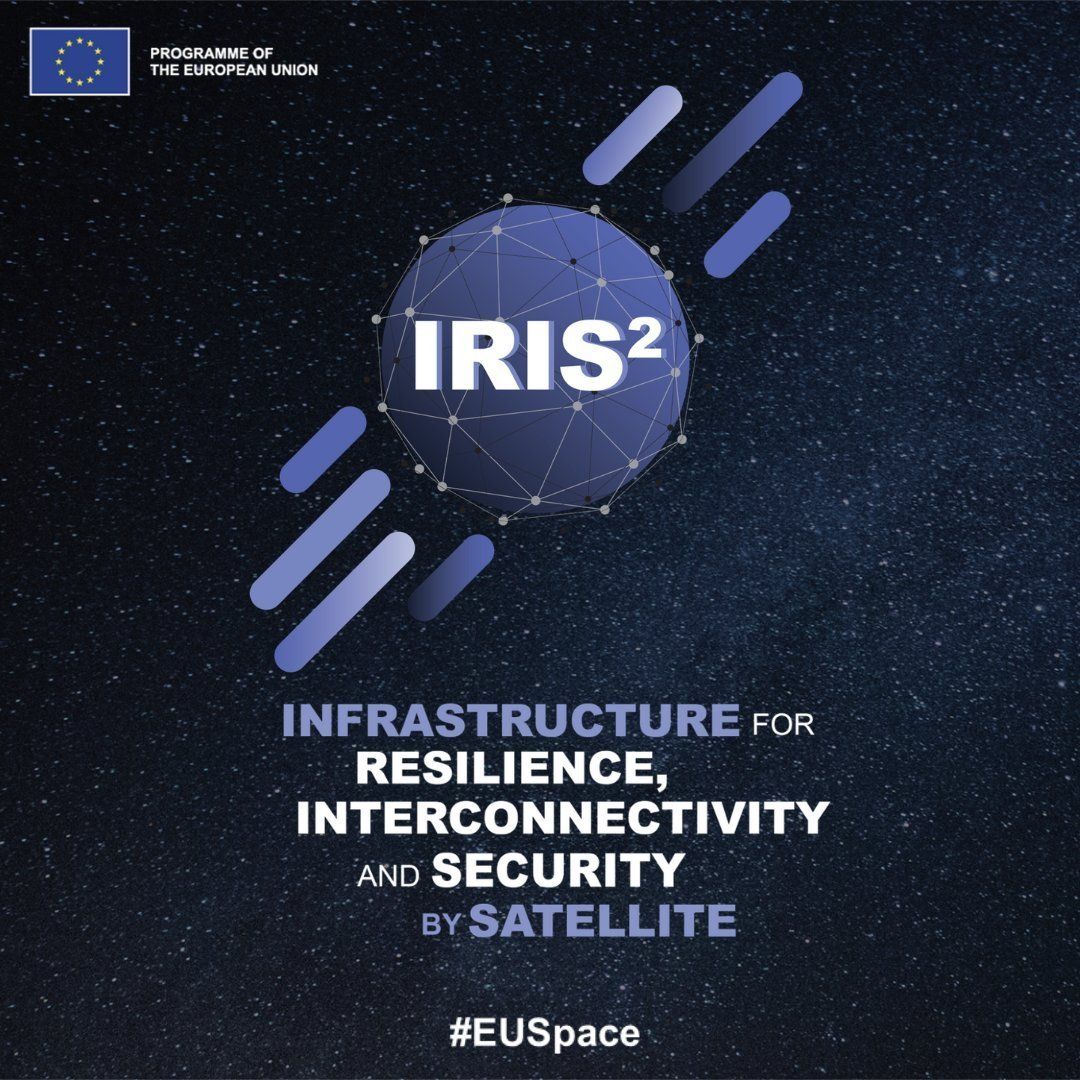In the wake of increasing geopolitical tensions and the escalating demands of a digital era, the importance of secure and resilient connectivity has never been more pronounced. The European Union (EU), recognizing the strategic necessity of enhanced communication capabilities, has embarked on an ambitious project to develop a state-of-the-art satellite communication system known as IRIS2 (Infrastructure for Resilience, Interconnectivity, and Security by Satellite). This initiative is not merely a technological upgrade; it is a critical element in the EU’s strategy to bolster its digital sovereignty, economic resilience, and security posture.
The Imperative for Secure Connectivity
The current global landscape is characterized by rapid technological evolution and increasing cyber and hybrid threats. These developments demand a reevaluation of the EU’s strategic capabilities in secure connectivity. Traditional terrestrial networks, while essential, are insufficient on their own to meet the needs of hyper-connectivity and high security required today. Satellite communication (satcom) systems offer the advantage of widespread coverage, including areas where terrestrial networks are unfeasible, making them indispensable for comprehensive national and continental security strategies.
Objectives of the IRIS2 Program
IRIS2 is designed to serve a dual purpose. Primarily, it aims to enhance the security and resilience of EU’s infrastructural communications across various governmental sectors such as border surveillance, crisis management, and diplomatic communications. Secondly, it intends to support a vast array of commercial applications including but not limited to mobile broadband, satellite trunking for business-to-business services, and enhanced network connectivity for transportation.
Enhancing Digital Sovereignty
The EU’s pursuit of digital sovereignty is a central theme in the development of IRIS2. By building its own satellite infrastructure, the EU aims to reduce its dependency on non-European satellite networks, which often come with geopolitical strings attached. This shift is crucial not only for security but also for ensuring that the EU can maintain operational autonomy in its policy decisions and strategic directions.
Technological Foundations of IRIS2
IRIS2 is set to incorporate cutting-edge technologies, notably quantum cryptography and multi-orbital satellite deployments. Quantum cryptography represents a leap forward in secure communications, offering potentially unhackable communication channels, which is a substantial upgrade over traditional encryption methods. The use of multiple orbital layers — Low Earth Orbit (LEO), Medium Earth Orbit (MEO), and Geosynchronous Orbit (GEO) — ensures that IRIS2 can provide high bandwidth, low latency, and extensive coverage, aligning with the diverse needs of its users.
Security and Resilience
In a world where cyber threats are becoming increasingly sophisticated, the EU’s focus on a secure-by-design approach in IRIS2 is timely. The system’s architecture is planned to inherently deter cyber threats and ensure continuity of service, which is vital for critical applications such as governmental communications and emergency responses. Furthermore, the integration with the European Quantum Communication Infrastructure (EuroQCI) enhances the system’s capability to safeguard against interceptions and cyber espionage.
Economic and Societal Benefits
Beyond its primary security objectives, IRIS2 is poised to drive substantial economic and societal benefits. By eliminating “communication dead zones,” it will foster greater social and economic cohesion across the EU’s territories. The satellite system will enable high-speed internet access in remote areas, thus helping to bridge the digital divide that currently hinders rural regions. Additionally, the deployment of this infrastructure is expected to stimulate the European space industry, particularly the burgeoning ‘New Space’ sector, which includes a plethora of small and medium enterprises pioneering innovative space technologies.
Incremental Implementation and International Cooperation
The implementation of IRIS2 is planned to be incremental, starting with initial services in 2024 and aiming for full operational capability by 2027. This phased approach allows for the integration of emerging technologies and adjustment of strategies based on evolving geopolitical landscapes and technological advancements. Furthermore, the program is a testament to the power of international cooperation, involving key EU space organizations such as the European Space Agency (ESA) and the European Union Agency for the Space Programme (EUSPA).
The Role of the Private Sector
The involvement of the private sector through a concession model in IRIS2 underscores a strategic approach to risk-sharing and cost optimization. By collaborating with private entities, the EU aims to leverage private innovation and agility while maintaining control over critical security aspects of the infrastructure. This partnership is crucial for fostering an ecosystem of innovation that can sustain Europe’s competitive edge in satellite technologies and secure communications.
IRIS2 represents a strategic pivot towards enhancing the EU’s capabilities in secure satellite communication, crucial for ensuring the security, economic resilience, and technological sovereignty of the union. By harnessing advanced technologies and fostering public-private partnerships, the EU is positioning itself as a leader in the next generation of secure connectivity. As such, IRIS2 is not just a satellite program; it is a cornerstone in Europe’s strategy to navigate the complexities of the 21st century’s geopolitical landscape, ensuring that Europe remains resilient, connected, and secure amidst the digital revolution.

